News & Insights
Salas O’Brien’s essential contributions to NASA’s Space Launch System (SLS)
This article covers how the facilities in the Booster Fabrication Facility Complex at Kennedy Space Center contribute to supporting safe and successful human missions into deep space, and the role Salas O’Brien has played getting them ready for their mission.

NASA’s Space Launch System (SLS) rocket was built to facilitate human piloted missions exploring destinations beyond low Earth orbit (LEO), starting with a return to the moon then eventually Mars.
SLS is the centerpiece of the Artemis program (named after Apollo’s twin sister in Greek mythology). The rocket is in continuous development with evolving capabilities focused on carrying astronauts and payloads on missions beyond LEO. Mounted atop the SLS is the Orion spacecraft, which serves as the crew capsule for human missions and carries scientific instruments.
With a proud history of supporting development of ground-based facilities, systems, equipment, and utilities (FSEU) to support 21st century mission requirements, Salas O’Brien has been at the forefront of engineering support for space missions. Our passion for innovation and cutting-edge technology drives us to excel in providing the necessary infrastructure, systems, and expertise that propel space exploration forward. From crucial engineering solutions for spacecraft testing to supporting the development of launch facilities, Salas O’Brien is providing essential contributions to modernize essential facilities such as the Booster Fabrication Facility Complex.
Facilities for testing and fabrication of rocket components
Space missions are high-stakes endeavors with little room for error. The fabrication of rocket components poses many significant challenges due to the extreme interstellar conditions and precision required for successful space missions. Ensuring the materials and structures of these complex machines can withstand harsh conditions requires rigorous testing in multiple NASA facilities. Here are several of the critical test facilities:
The Stennis Space Center conducts rocket propulsion and engine testing to ensure performance and safety. Salas O’Brien provided civil engineering for upgrades to aging infrastructure, replacing 66-inch piping to the historic Fred Haise Test Stand. This critical upgrade represents the first time the water pipeline had been updated since its original installation in 1965. The test stand relies on a significant amount of water for engine tests, using up to 1.4 million gallons at pressures of 225 pounds per square inch during an eight-and-a-half-minute hot fire test.
Additionally, the handling of highly volatile and dangerous propellants introduces safety challenges during fabrication and testing, requiring strict protocols and safety measures.
The Converter Compressor Facility (CCF) at Kennedy Space Center generates high-pressure gaseous commodities to required specifications to support ground processing and launch operations. Salas O’Brien was involved in various facility modifications and upgrades, including power with lightning protection, lighting, and communications, fire alarm, environmental, process control systems and cost estimation. As Kennedy Space Center is one of the largest users of helium in the world, the CCF has a one-of-a-kind proprietary liquid helium pumping system. Salas O’Brien designed modifications and improvements to the existing Liquid Helium Transfer Area and Valve Yard.
Salas O’Brien also led the project through the LEED certification effort resulting in award at the Gold rating level, exceeding the Silver certification requirement.
Transportation of the rocket
Rockets are massive and heavy objects, sensitive to movement and balance. NASA’s barge, Pegasus, ferries the massive core stage of the SLS from the Michoud Assembly Facility in New Orleans, LA to the Kennedy Space Center for checkout, assembly, and launch integration.
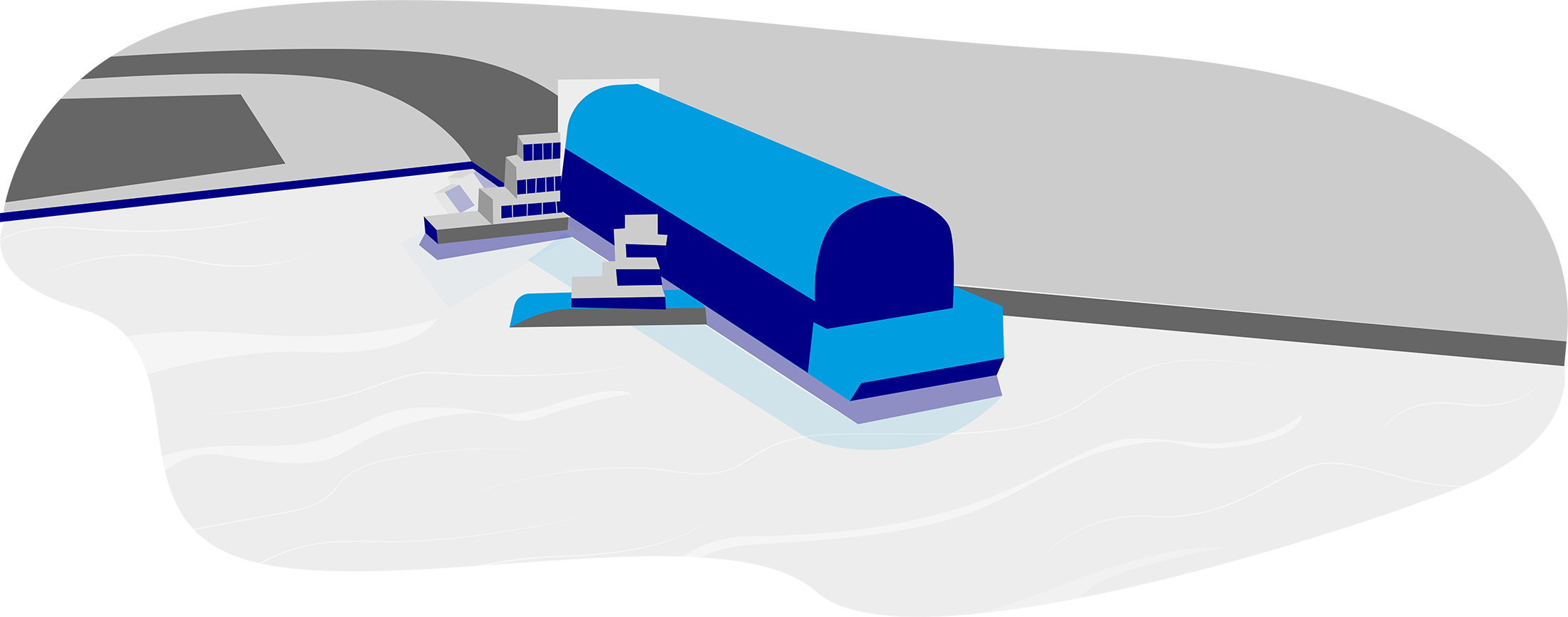
The Barge Terminal at Kennedy Space Center serves as a transportation hub for moving rocket components and hardware. Loading and unloading require specialized equipment and careful handling to avoid damage to the rocket or barge. Salas O’Brien provided environmental and electrical engineering, and lighting design upgrades for the Barge Terminal to accommodate the increased load requirements of SLS. The SLS core stage is more than 50 feet longer than the space shuttle external tank and, including ground support and transportation equipment, more than 600,000 pounds heavier. As such, NASA developed a higher capacity external tank to support SLS first stage fuel requirements.
Facilities for assembly and integration of rocket stages
Assembling multiple components from different manufacturers into a cohesive rocket system at the Kennedy Space Center requires rigorous testing to ensure compatibility and proper integration.
The Booster Fabrication Facility is used to refurbish, manufacture, and assemble the aft skirt assembly and forward assembly for the twin solid rocket boosters on the SLS. The first eight (8) missions of the SLS are scheduled to use upgraded booster hardware from the Space Shuttle Program. The main physical difference between the shuttle and the SLS boosters is the addition of a fifth propellant segment. Each 17-story-tall booster burns six tons of solid propellant every second (or 1,385,000 pounds in two minutes), producing a maximum of 3.6 million pounds of thrust — more than 75% of the total maximum thrust of 8.8 million pounds at liftoff. Salas O’Brien completed projects to replace the switchgear and service transformers for the complex’s central utility plant as well as in the booster manufacturing facility (four switchgear and eight service transformers), while coordinating a plan to keep the facilities operational in the process. We are currently working on complete interior renovations of the Engineering and Administration Building as well as support spaces throughout the manufacturing building including full electrical and architectural upgrades.
The precision required for rocket components is extremely high. Small deviations in manufacturing tolerances can have significant impacts on performance, requiring facilities focused on getting every detail exactly right.
The Rotation Processing and Surge Facility supports booster stacking and provides a controlled environment for rocket assembly. The facility is over 90 feet high, 90 feet wide, and more than 190 feet long. Salas O’Brien provided the design for new central fire pumps that service the old Orbiter Processing Facilities (currently renovated to manufacturer and support Boeing’s Commercial Crew Capsule and classified DoD programs as well as completely new deluge system for the vehicle and triple IR flame detection system with the new fire alarm system.
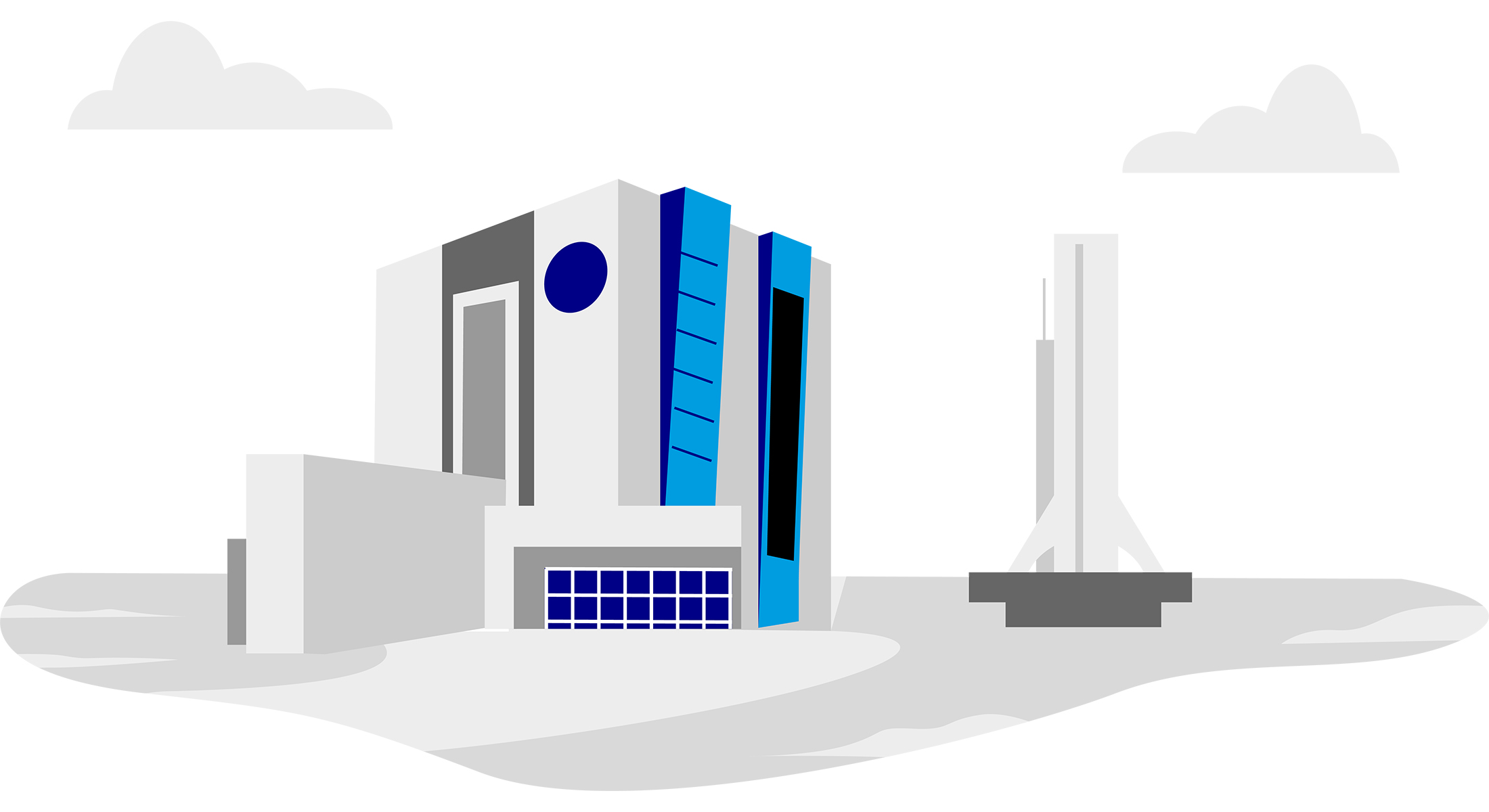
The 525-foot-tall Vehicle Assembly Building is where the stacking and integration of rocket stages and payloads happen. It’s also where the Orion spacecraft is lifted onto the SLS rocket. Salas O’Brien provided electrical and mechanical designs for the new environmental control systems required in High Bay 3. We also provided upgraded controls and fire suppression systems.
Facilities for crew safety and testing
Salas O’Brien provided upgrades within the high bay of the Launch Abort Systems Facility (LASF) for fire protection, electrical, and mechanical systems. the LASF is currently used by Lockheed Martin for processing of Orion Capsules before they are put on the vehicle. Salas O’Brien performed two separate projects in this building to upgrade the fire protection to full deluge due to the hazardous commodities as well as general facility upgrades to electrically hazard rate the high bay (Class 1 Division 2 based on commodities present), completely replace/upgrade the service transformer and switchgear, add a new fire pump, and new lighting protection system.
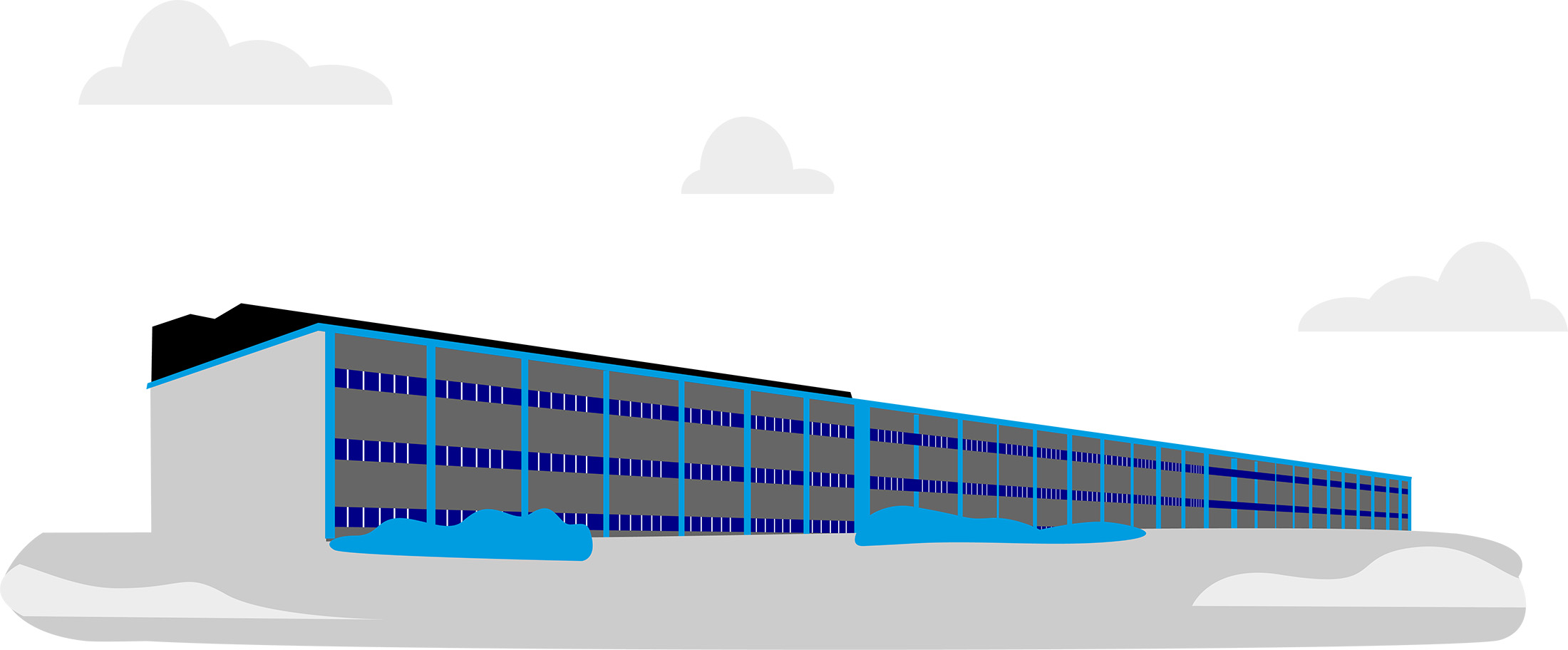
The Neil Armstrong Operations and Checkout Facility (O&C) has a significant historical role, as it was originally built in the 1960s to support the Apollo program. Today, the O&C is used for the manufacture, preparation, integration, and testing of various spacecraft and components such as the Orion. The facility provides a controlled and secure environment for the final assembly and testing of Orion spacecraft before they are transported to Launch Complex 39B. The O&C is equipped with specialized equipment and systems to ensure the safety and reliability of the spacecraft. Since 2005, Salas O’Brien has provided electrical upgrades and HVAC renovations. Salas O’Brien provided HVAC design for the renovation of the High Bay to support Orion manufacturing operations.
Orion is a versatile vehicle that not only transports the crew to space but also ensures their well-being during the journey and enables a safe re-entry from deep space. Salas O’Brien played a vital role in this mission, providing essential engineering support for the heating and cooling chamber of the Orion crew capsule. Additionally, we contributed to the design of the thermal chamber where rigorous testing of the Orion takes place, ensuring its readiness for the challenges of space travel. We provided engineering for Orion Servicing Pneumatics (GN2/GO2/GHE/BAIR) on ML 1 and at the Multi-Payload Processing Facility: hardware and software design and implementation and DC Power Distribution Systems to accommodate SLS and Orion requirements.
Launch facilities
Launch facilities face a unique set of challenges due to the dangerous nature of rocket launches and the complex infrastructure required to support them.
The Mobile Launcher 2 (ML2) plays a critical role in connecting the ground launch control system with the SLS rocket and Orion spacecraft flight hardware. Each mobile launcher serves as the platform for integrated stacking operations and provides structural support during prelaunch preparations, rollout to the launch pad, and the countdown to launch. ML2 is designed to withstand intense launch blast environments and stabilize the rocket and spacecraft, which weigh approximately six million pounds when fully loaded with liquid hydrogen and liquid oxygen for launch.
The tower on ML2 features multiple swing arms and umbilicals supplying power, data, monitoring and control, propellants, fluids, gases, sound suppression, imagery, and communications needed for a successful launch. We designed, performed stress and strain analysis using STAAD and NX Nastran, prepared design reports, wrote data manuals, produced detailed 3D Creo models and drawing packages for SLS, Vehicle Assembly Building, and Mobile Launcher handling and access systems. Salas O’Brien handled all the civil and environmental site modifications required to support the ML2 and provided fire alarm and protection design for the platform.
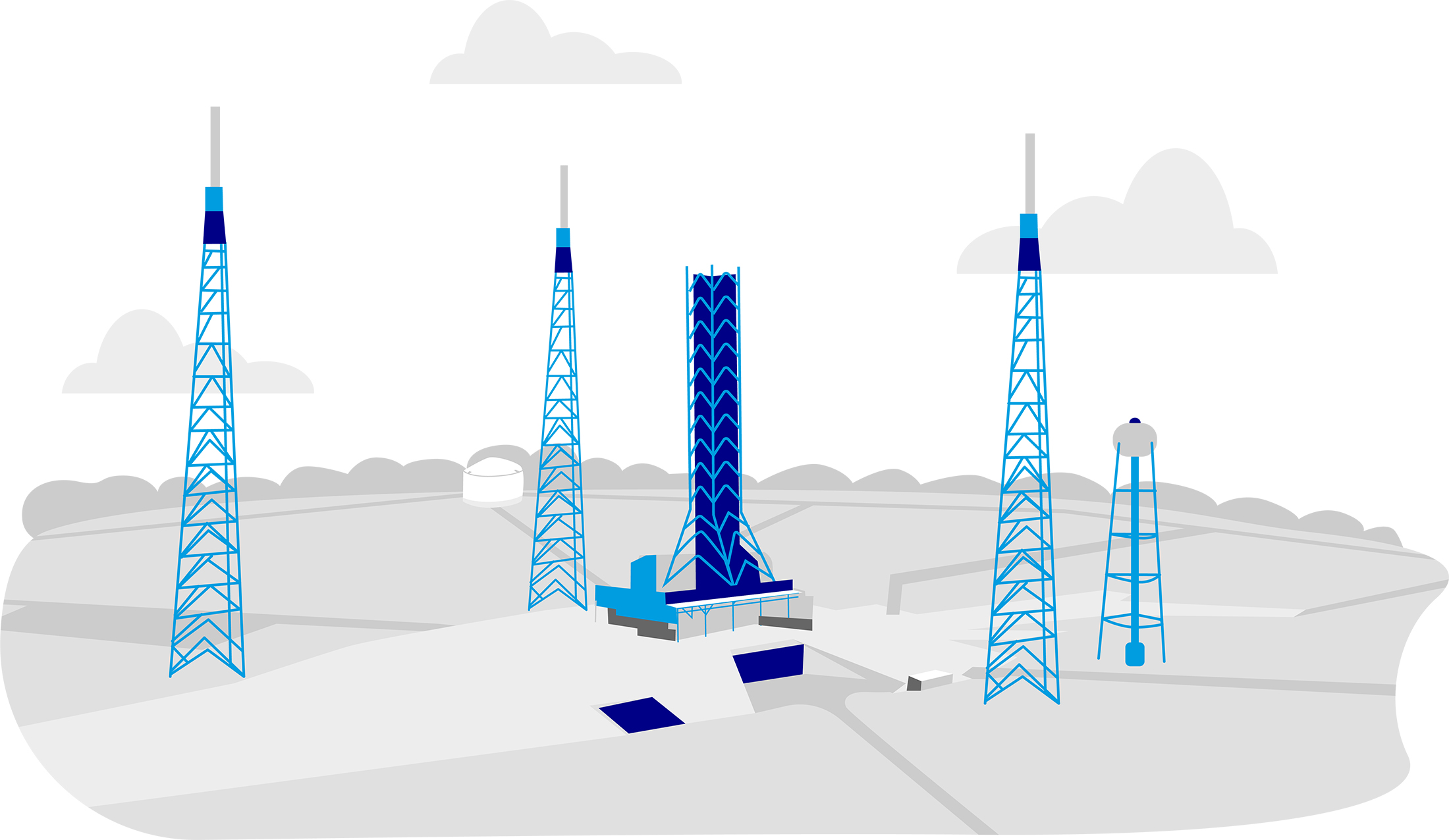
Launch Complex 39 has been used since the late 1960s to launch NASA’s crewed spaceflight missions. Pad B is currently configured for the SLS. Salas O’Brien provided civil engineering services for the industrial wastewater systems as part of the upgrades. We also provided the demolition design for most of the commodities on LC-39B when shuttle flew out to ensure they were properly and safely removed for future reuse.
Salas O’Brien’s commitment to space travel
Salas O’Brien consistently offers vital engineering support to NASA’s most critical missions. Our work is rooted in a legacy of excellence and fueled by a shared passion for innovation and cutting-edge technology. From pivotal engineering solutions that meticulously test spacecraft to our integral involvement in shaping launch facilities, our steadfast commitment to excellence, safety, and precision ensures our collaborative contributions carve an enduring legacy for space missions.
For media inquiries on this article, reach out to Stacy Lake.

Jim Miles, CPMP, LEED AP
Jim Miles leads business development for Salas O’Brien’s Federal Team and is an expert in facilitating large contracts. With the Merritt Island team since 2002, Jim has played a key role in strategic projects with NASA, NIH, GSA, NIST, and the DoD. He has a Bachelor of Science in Mechanical Engineering from the University of Florida. Jim serves as a Vice President at Salas O’Brien. Contact him at [email protected].

Brian Kolak, PE
Brian Kolak has deep experience serving clients including NASA, United Launch Alliance, Boeing, and Lockheed Martin while delivering exceptional electrical, communication, and fire alarm engineering services. As a skilled leader, he guides a team of dedicated engineers, fostering a culture of excellence and innovation. Brian has been supporting aerospace programs since 2007 and serves Salas O’Brien as a Senior Vice President in charge of Quality Engineering. Contact him at [email protected].
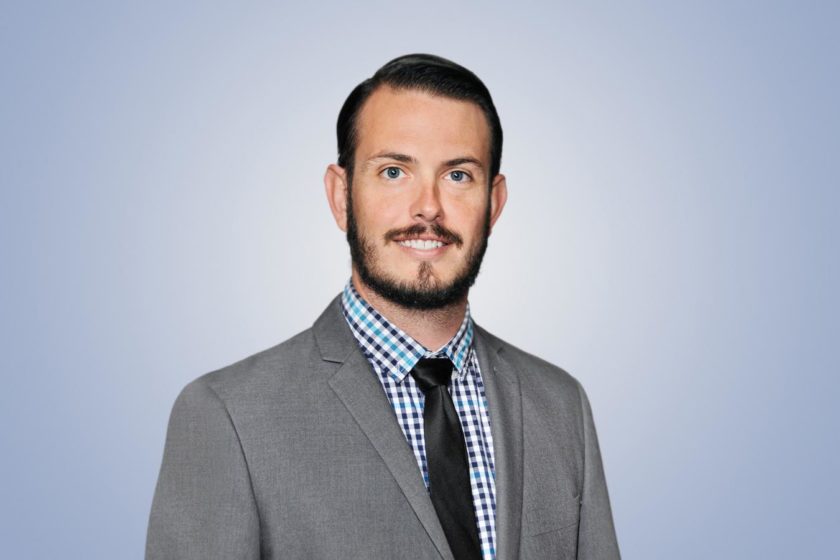
Jeff Longshore, PE
Jeff Longshore provided civil and environmental design for Space Launch Complex 41. Jeff leads teams of civil engineers and computer-aided designers. With the Merritt Island team since 2011, Jeff specializes in high-profile projects with challenging parameters. He has a Bachelor of Science in Civil Engineering from the University of Central Florida. Contact him at [email protected].
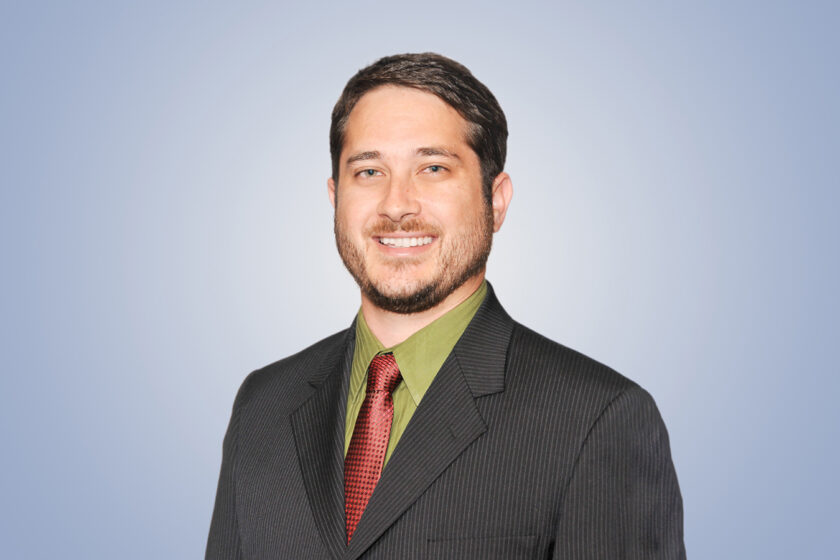
Jason Menzies, PE
Jason Menzies was the project manager for the modifications at Space Launch Complex 41. Jason leads a team of dedicated mechanical, aerospace, & fire protection engineers. With the Merritt Island team since 2007, Jason has led hundreds of mission critical projects. He has a Bachelor of Science in Mechanical Engineering from the University of Florida. Jason serves as a Senior Vice President at Salas O’Brien. Contact him at [email protected].